Step 1: Integrate My App
Integrating My App first will make the subsequent settings smoother.
First, let's connect SmartHR and Yoom that you are using.
Select My App → New Connection from the left side of the Yoom page.

Please search for SmartHR.
Please refer to this article for registration.
Next, integrate Microsoft Excel.
When the sign-in screen appears, enter your email address and password.
Note: Microsoft 365 (formerly Office 365) has a home plan and a general business plan (Microsoft 365 Business), and if you are not subscribed to the general business plan, authentication may fail.
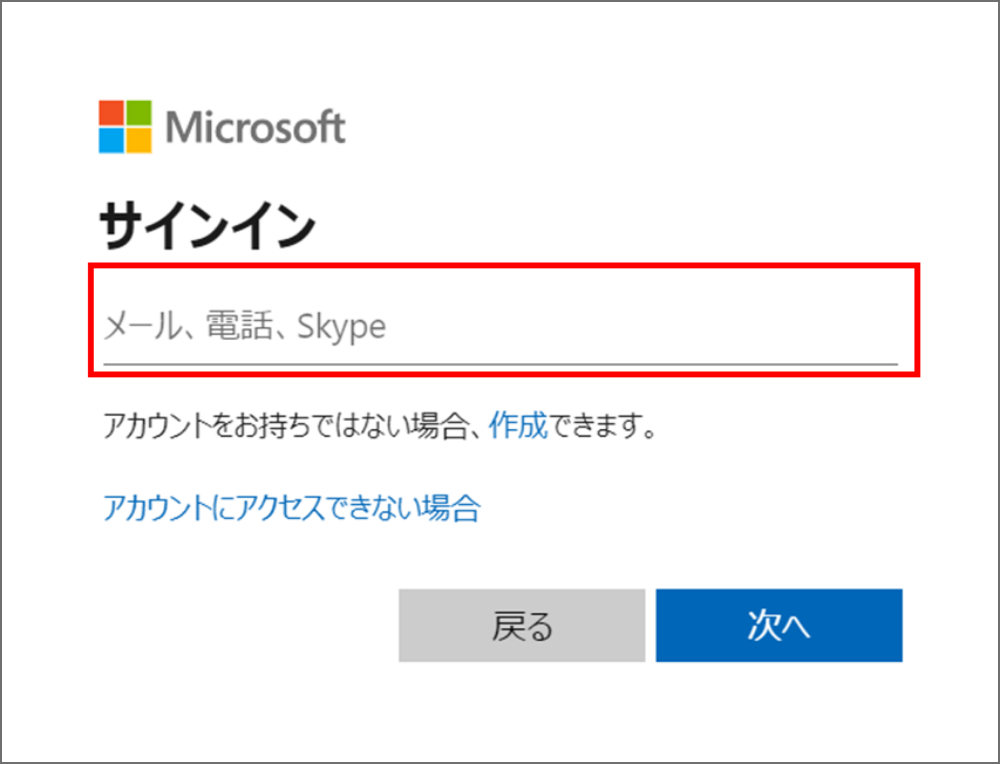
It's OK once the two apps are integrated into My App.
Step 2: Set Triggers and Actions
This time, we will use this template.
Open the template page and click "Try this template".
If you are using Yoom, log in, and if you are new, please register as a member.
As you proceed, the template will be automatically copied to your workspace.
You can change the template name as needed.
Click My Projects on the left to see the template you just copied.
Click the ellipsis (...) on the right and select Edit.

This time, there are two steps below.
Let's set them up together!
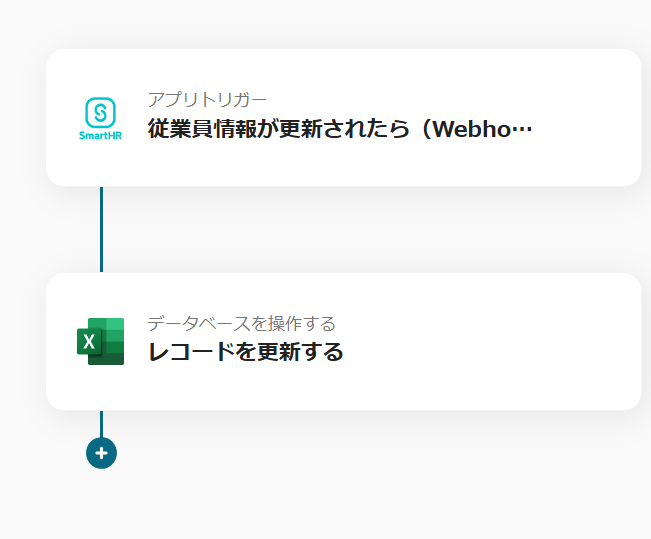
Things to Prepare
A Microsoft Excel sheet containing employee information from SmartHR.
The headers are set as follows.
(The headers are based on the output that can be obtained in the subsequent flow setting screen.)

Now, let's set up the app trigger.
Select "When an employee is newly updated (Webhook activation)".
You can change the title to make it easier to understand.
Please check the account information to be linked.
Keep the trigger action as is and proceed to the next step.
Please refer to this article for setting up the Webhook.
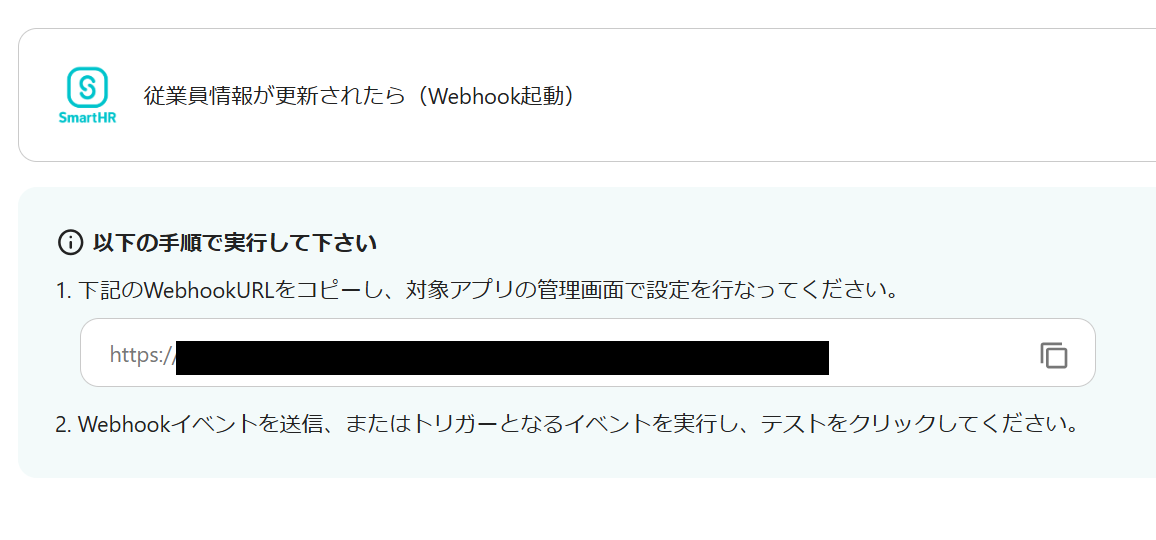
Before testing, update the information of an existing test employee in SmartHR.
Note: It is recommended to work with a test employee rather than an actual employee.
Test it, and if the employee information is reflected in the output, save it.
Next, click "Add Record".
Please also check the account information to be linked.
Keep the action as is and proceed with the database integration.
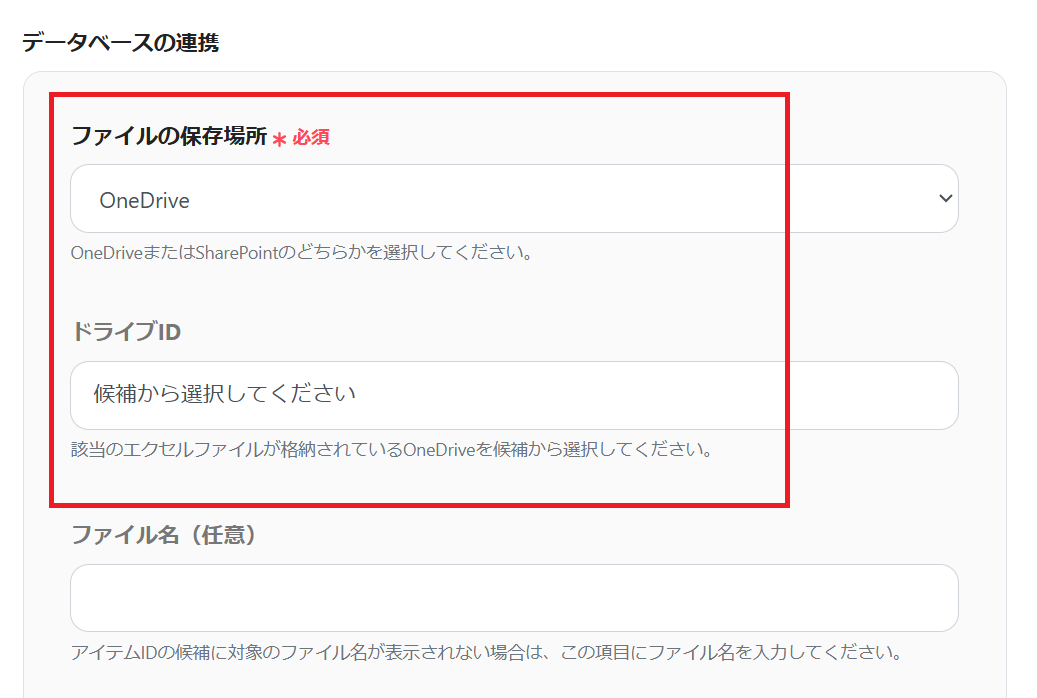
Let's set the remaining items as well.
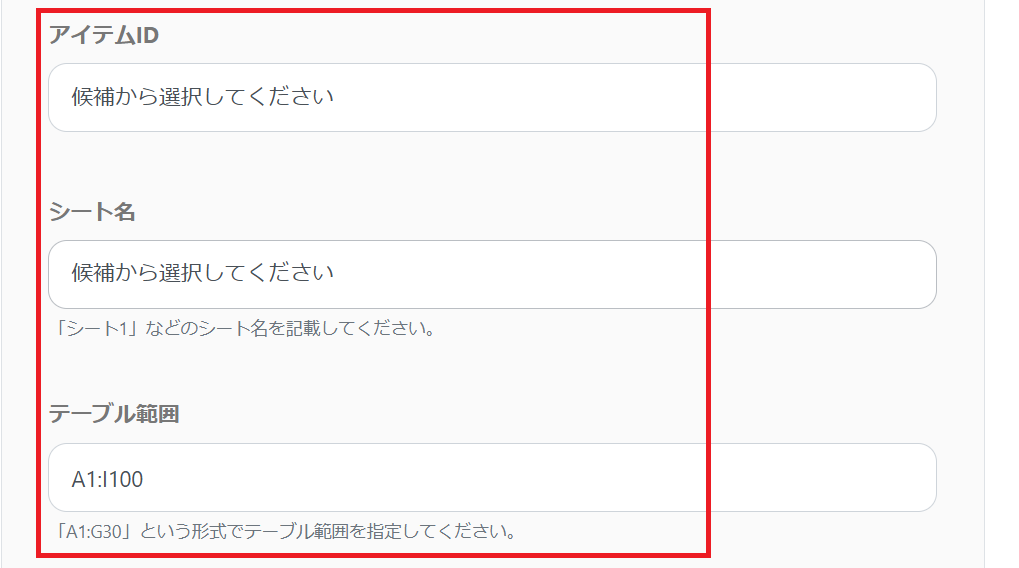
Enter the record update conditions.
This time, we set it to update when the employee number in SmartHR and Microsoft Excel are equal.

You can set update conditions from the output as shown below.
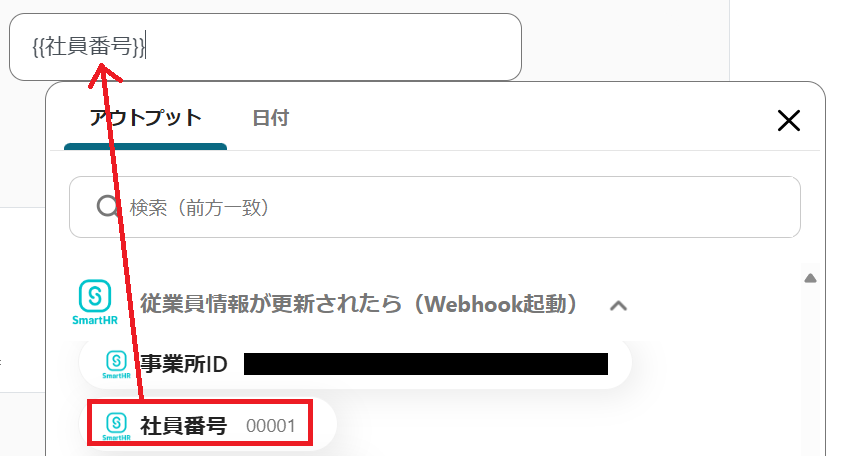
Proceed to the next step and set the values for the records to be added.
Please select from the output as before.
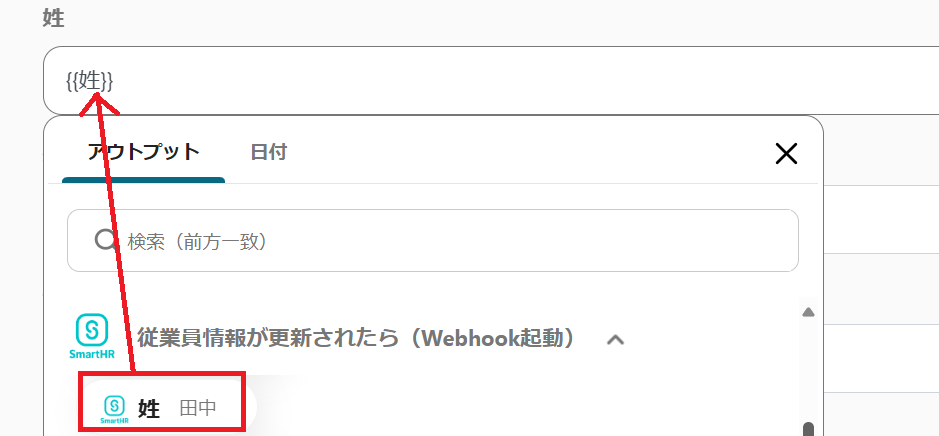
No. is a count of the number of cases, and the employee number is a constant value entered during information registration, so it is excluded from the update target.
Set the other items as well.
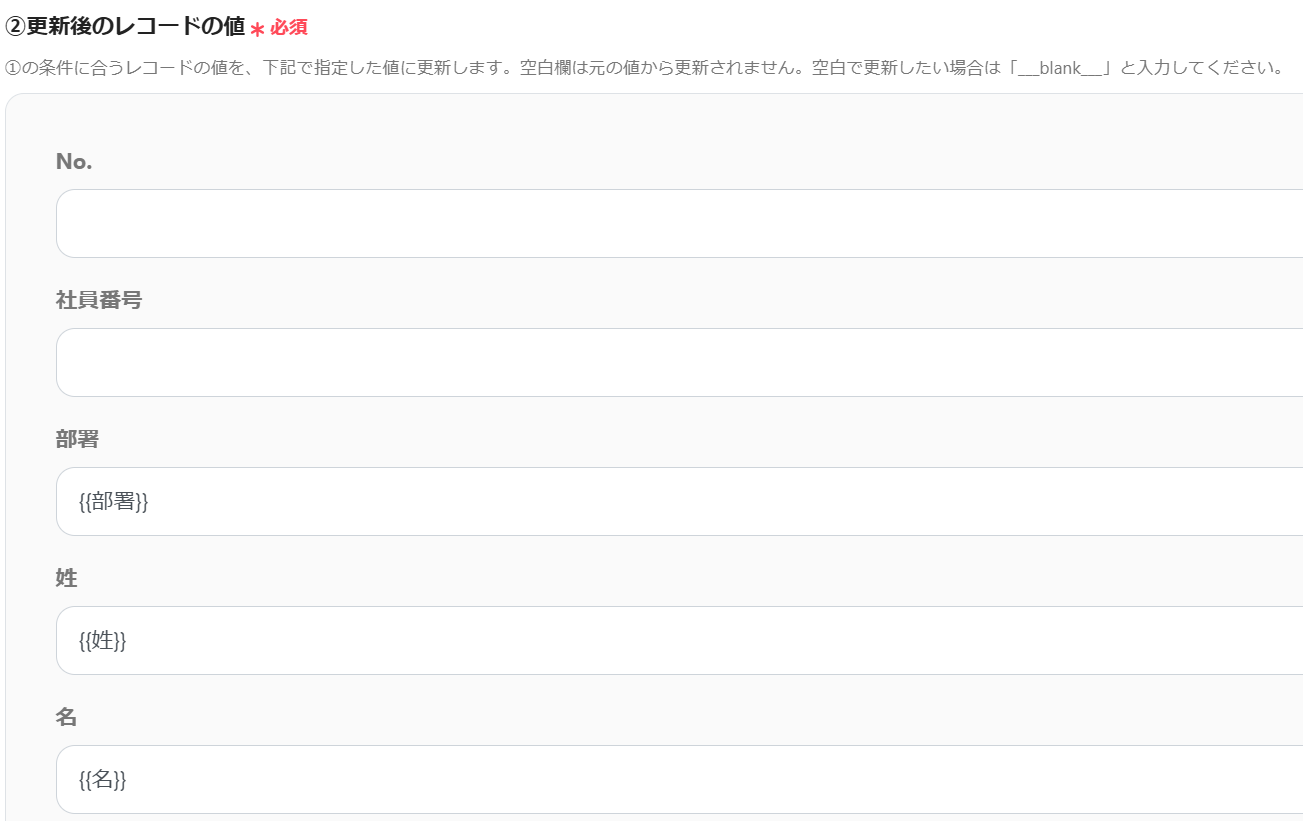
Scroll down and set the remaining items.
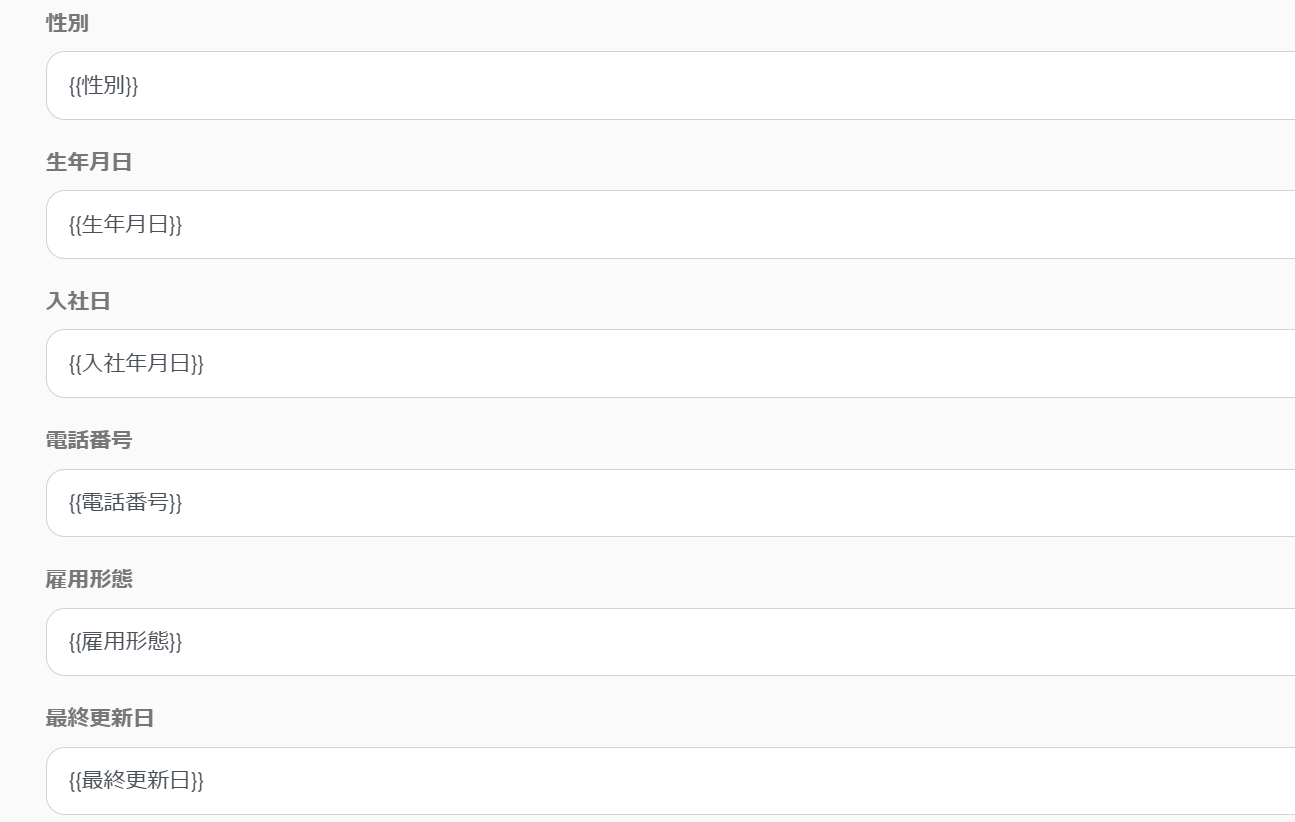
Test this as well, and if successful, save it.
Check it in Microsoft Excel.

It was successfully reflected!
Finally, turn on the app trigger to complete.
Thank you for your hard work.
Even someone like me who is not familiar with programming was able to proceed easily.
Here is the flowbot used this time ↓



















.avif)
.avif)
.avif)






